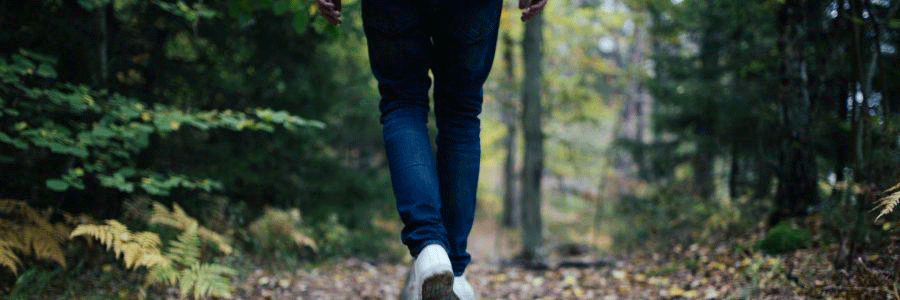Tick season in Manitoba: How to protect yourself from bites
 wood-log-walking-hiking-trekking by Unsplash. CC0
wood-log-walking-hiking-trekking by Unsplash. CC0
Winter is finally over! Lovely warm weather is here. It’s the season for gardening and walking outside but remember – it’s also the season for ticks.
What are ticks?
Ticks are arachnids, which means that they are part of the spider family. Unlike insects, they have eight legs.
Ticks need blood meals to complete their life cycles. They get this by biting different animals, including humans. There are around 800 species all over the world but we especially need to avoid blacklegged ticks – they are carriers of Lyme disease, anaplasmosis and babesiosis (a malaria-like illness). They come out from early spring to late fall in Manitoba.
How to prevent tick bites:
The Winnipeg Health Region encourages Manitobans to:
- learn where ticks are located
- minimize risk of exposure
- recognize the signs and symptoms of Lyme disease
Learn where ticks are located
Generally, ticks can be found in wooded or brushy places outdoors where there is moisture. “They can be found within and along the edge of forests and in areas with thick, woody shrubs and other vegetation” (Winnipeg Regional Health Authority). There are also specific Blacklegged Tick Risk Areas in Manitoba where this type of tick is more likely to be found. They may be found in other places as well, but the risk of Lyme disease is relatively low outside of the risk areas.
Minimize risk of exposure
If you live near a wooded area and plan to do some walking, minimize risk by doing the following:
- Wear closed toe shoes and cover exposed skin.
- Wear socks.
- Tuck in your long-sleeved shirt into your pants.
- Dress in light-coloured clothing.
- Walk in the centre of trails and avoid tall vegetation.
- Use an appropriate insect repellent like DEET or Icaridin (or Picaridin).
- Use as directed by the manufacturer.
- Don’t spray directly to your face.
- Don’t use products that contain both insect repellent and sunscreen.
- If you need sunscreen, apply it first. Apply the repellent after about 15 minutes.
- You can re-apply repellent especially if you are being bitten or when exposure is more likely.
- Check your skin (and hair) for ticks after you’ve been outdoors. Don’t forget to check your kids and pets.
- Take a shower or bath within two hours of your return.
Recognize the symptoms of Lyme disease
Symptoms of tick-borne illness:
- Fever
- Chills
- Nausea
- Headache
- Stiff neck
- Swollen lymph nodes
- Sore joints
- Extreme fatigue
- Insomnia
Symptoms can start from about three days to one month after a bite. A circular rash can also form. It will look like a bulls-eye with an intense circular rash within a bigger circle. However, not everyone infected will have this rash. It would be a good idea to consult your doctor if you feel any of the symptoms listed above.
If you see a tick on your skin, don’t squash it. It could go deeper and it will be harder to remove. Do the following:
- Use a tweezer to carefully pick it up without twisting. Be careful not to break its body and leave the head in your skin.
- Put it in a jar or plastic bag.
- Take a photo of the tick and submit it to the eTick website or app to have it examined.
The information you provide will be useful if you need to see a healthcare provider. It can also help others looking for information on the eTick site.
Watch this video to know how to remove a tick from your skin safely:
Removing a tick as soon as possible reduces the chance of infection. But, you can choose to ask a healthcare provider to help you if you are not comfortable doing it yourself.
If you were bitten, consult your family doctor immediately and follow instructions for treatment. Tick-borne diseases are treatable especially in the early stages of infection.
Article updated May 26, 2023.
Sources: Take precautions to minimize tick exposure, WRHA; About Blacklegged ticks, Manitoba Health, Seniors and Active Living; Lyme group expects bad tick year in Manitoba, Laura Glowacki, CBC News. All accessed on May 4, 2017.
